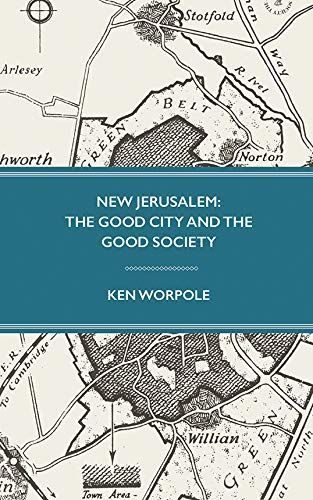
New Jerusalem The Good City and the Good Society
Utopian thinking as to how people might live together more harmoniously--the dream of the perfect city, the New Jerusalem--has been revived in different forms and at different times, from early medieval monasteries to contemporary alternative communities. In 1902, Ebenezer Howard, renowned social reformer and founder of the garden movement, published Garden Cities of To-Morrow, a book originally to be called New Jerusalem and a work that became one of the most influential town planning documents of the twentieth century. In New Jerusalem: The Good City and the Good Society, Ken Worpole reveals that utopian and visionary thinking, especially in relation to new forms of settlement and livelihood, has not gone away, even if it has gone underground. With an unprecedented growth in the population of older people, along with increasing cultural and demographic change elsewhere in society, there is renewed interest in more convivial forms of urban design, as well as shared living. This interest draws on a long history of elective communities, including those influenced by the thought and works of Emanuel Swedenborg--a fascinating history with much to offer the architects and policymakers of today.